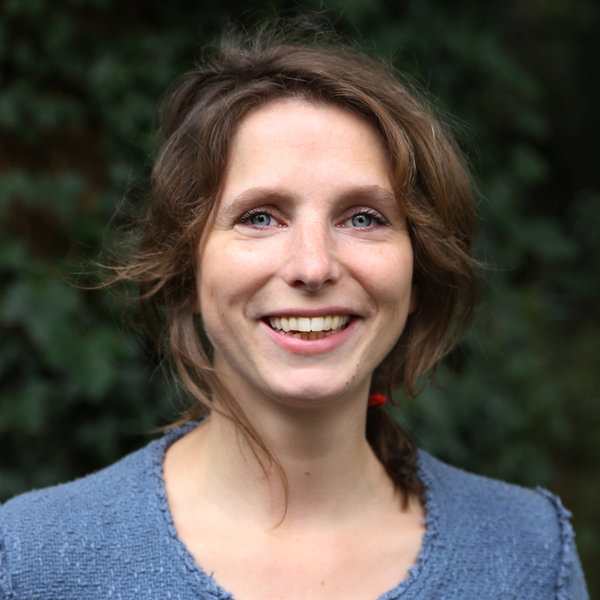With this article we hope to encourage researchers and practitioners in the field of Performative Social Science (PSS) to design research in which researchers and practitioners co-produce knowledge that can advance theory and practice in a given domain. In doing so, their work will contribute to the process of knowledge productivity and learning. We believe that identifying, gathering and interpreting relevant information, and using this information to develop new capabilities is crucial for success in our knowledge society. Co-producing knowledge asks for personal engagement.
The kind of research that contributes to co-production of knowledge is emergent, elastic, and nonlinear (TYLER, 2006) and provides the opportunity for researchers and practitioners to collaborate, move along with the research as it unfolds, take changes in the environment and in people as an integral element of the research, and look for ways to improve the performance of the participants and their practice.
This article contributes in two ways to the field of PSS. Firstly, it presents a model that connects researchers and practitioners in a collaborative learning experience as they wander through the stages of co-production. Secondly, it presents eight different methods that support the learning process of both researchers and practitioners through the different stages. These eight different methods show how art is used for the sake of aesthetics or beauty itself, and as a way of conducting research that enhances learning processes.
